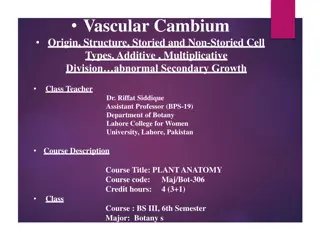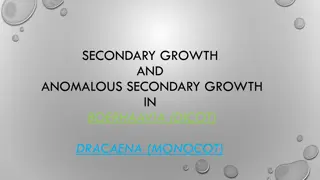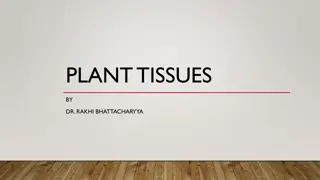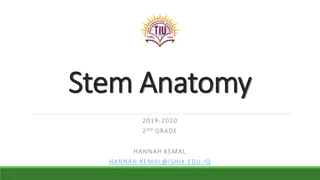Fast Progress Monitoring and Assessment Conference Highlights
Discover key insights from the VPK-10 ELA, Reading, and Mathematics Annual Assessment Conference presented by Cambium Assessment, Inc. The event covered important updates like the new secure browser for 2023-24, automated exchange of reporting data with districts, API pilot progress, and TIDE update
3 views • 38 slides
Important Updates: IT Directors Meeting July 2022 & Technology Migration
In the IT Directors Meeting July 2022, key updates were shared, including the migration of Cambium Assessment to Amazon Web Services (AWS) and changes in platform support for ChromeOS, Windows, and macOS. The meeting emphasized the need for updating firewall allowlists and proxy settings. Additional
0 views • 12 slides
Understanding Vascular Cambium in Plant Anatomy
Vascular cambium is a crucial growth layer in stems and roots, responsible for producing xylem and phloem in plants. It originates from the maturation of procambium cells, differentiating into storied and non-storied cell types. It plays a vital role in secondary growth by generating new wood in woo
0 views • 26 slides
Understanding Secondary Growth in Plants: Boerhaavia (Dicot) vs. Dracaena (Monocot)
Secondary growth, resulting from cambial cell division, thickens stems and roots in plants. This process involves cambium, a tissue layer between xylem and phloem, responsible for secondary growth. Cambium ray initials give rise to vascular rays and secondary xylem/phloem. The seasonal activity of c
0 views • 24 slides
Understanding Plant Tissues and Meristems in Botany
Plant tissues are groups of cells with similar structures and functions. They can be classified into meristematic, permanent, and secretory tissues. Meristems are regions of continuous cell division found in plant tips and cambium, essential for growth. Primary meristems are present from the embryo
0 views • 28 slides
Understanding the Anatomy and Functions of Plant Stems
Plant stems play a crucial role in the growth and survival of plants. They transport water, minerals, and sugars, support leaves and flowers, and store food. The outer structures of stems, such as buds and nodes, are essential for plant growth. Furthermore, the tissues inside the stem, including xyl
0 views • 12 slides





